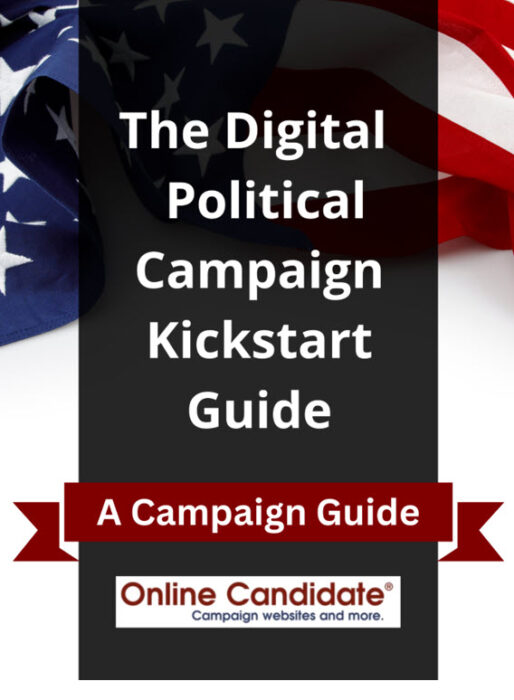Fundraising might not be fun for political candidates, but it’s a necessity. People can win elections on a shoestring budget, but that’s the exception. Typically, the candidate that can raise and spend the most money tends to win.
The cost of running for office has increased dramatically over the last few decades. This is because campaigns are now more expensive and require more staff and resources than ever before.
The problem for many first-time local and down-ballot candidates is getting enough financial traction to attract enough initial donors. Without enough money, it’s hard to convince donors that your campaign is viable, but building the campaign to a viable status requires money.
It’s the classic chicken-and-egg scenario.
How much does it cost to get started with a campaign?
The cost of running a political campaign often depends on the office you are seeking. For example, if you are running for office in a small district, then your campaign will cost less than if you are running for state office or Congress. The size of the city, town or district will determine how much money is needed to run an effective campaign.
Campaign costs depend on three things:
- 1) How much money is raised by the candidate or organization
- 2) How much money is spent by the candidate or organization
- 3) The type of campaign being run
Appeal to donors and potential donors
Raising seed money is the first thing a campaign committee pursues once a bank account is created. This begins with an initial fundraiser, which is usually focused on getting friends, family, and fellow supporters to donate funds.
 If you’ve run for office before, you already have a list of people who have invested in your political career and will likely do so again. If this is your first time running, you can look to donors of other candidates in your party or even enemies of your political opponents. You may be surprised who provides initial contributions.
If you’ve run for office before, you already have a list of people who have invested in your political career and will likely do so again. If this is your first time running, you can look to donors of other candidates in your party or even enemies of your political opponents. You may be surprised who provides initial contributions.
[bctt tweet=”First time political candidates should look for support from donors of other party candidates. http://ow.ly/uEc130gBjz4″]
Odds are, you’ll need to put in your own money at the start. After all, if you aren’t willing to spend some of your own money to get elected, why should anyone else?
It’s also about image. Print your fundraising letters and materials on attractive stock. Your presentation should make it appear that your campaign is already motion and growing. Donors want to support a possible winner, not bet on a potential long-shot.
That’s one reason why online campaigning is a great strategy. A well-designed website can make a political organization look larger than it might really be. Social media, online news articles and campaign press releases can enhance that perspective and can help generate real interest and attention from donors and voters.
Best of all, the barriers to online fundraising have dropped over the last decade. If you have a campaign bank account, then setting up a donation system is simple. With a website as your online hub, you can use social media such as Facebook and Twitter, email, paid online advertising and even offline promotion to solicit support.
With a little up front money and some work, it makes sense to start campaigning online as early as possible. Campaigns need to raise money from a variety of sources in order to be successful, and they need to do so in an efficient way. The most common way for candidates to get their campaign off the ground is through fundraising events such as dinners, picnics or other events.
So, break that fundraising chicken-and-egg cycle and focus on the important thing – winning your election!
Hundreds of campaigns start early with our affordable Monthly Option to raise seed money to grow their campaigns. We provide the tools to build and manage your online presence. Learn more.
Image courtesy of Gualberto107 at FreeDigitalPhotos.net
« They’re Not Campaign Supporters Until You Get Them in Voting BoothHow To Raise Online Funds Like The Most Successful Candidates »
Tags: seed money







